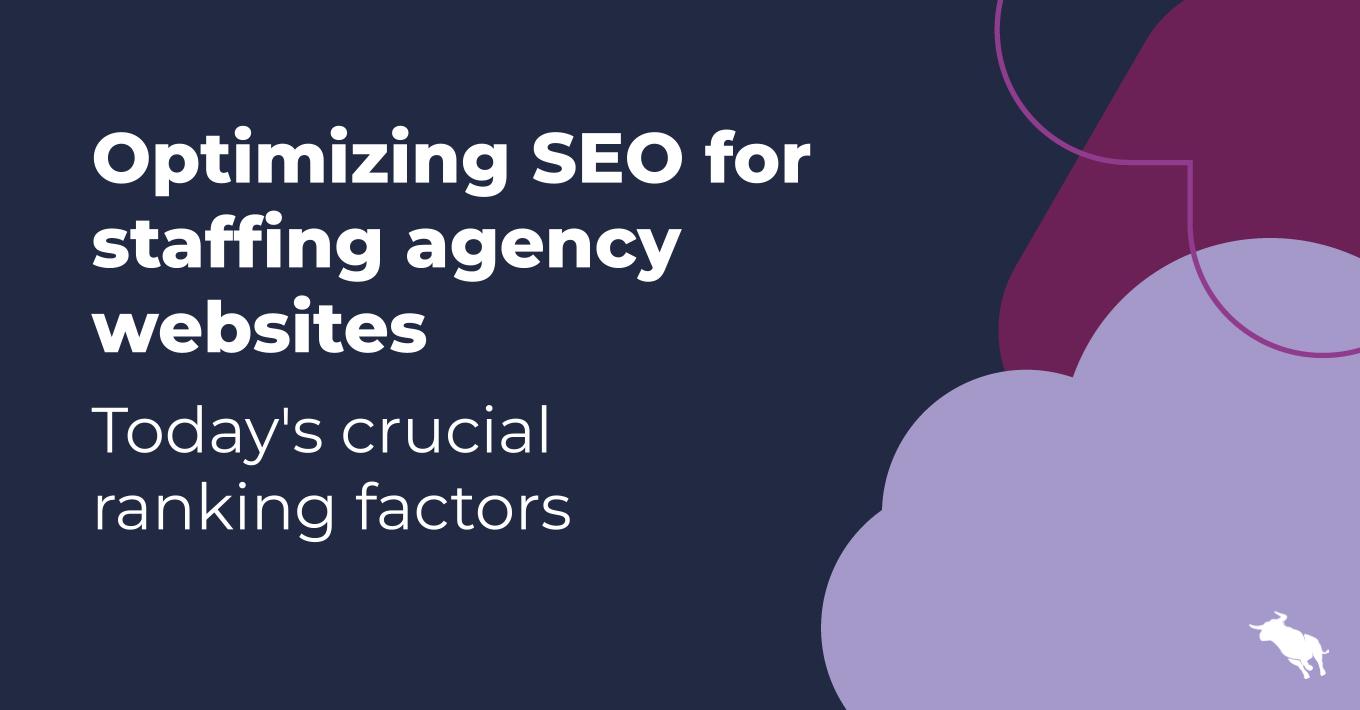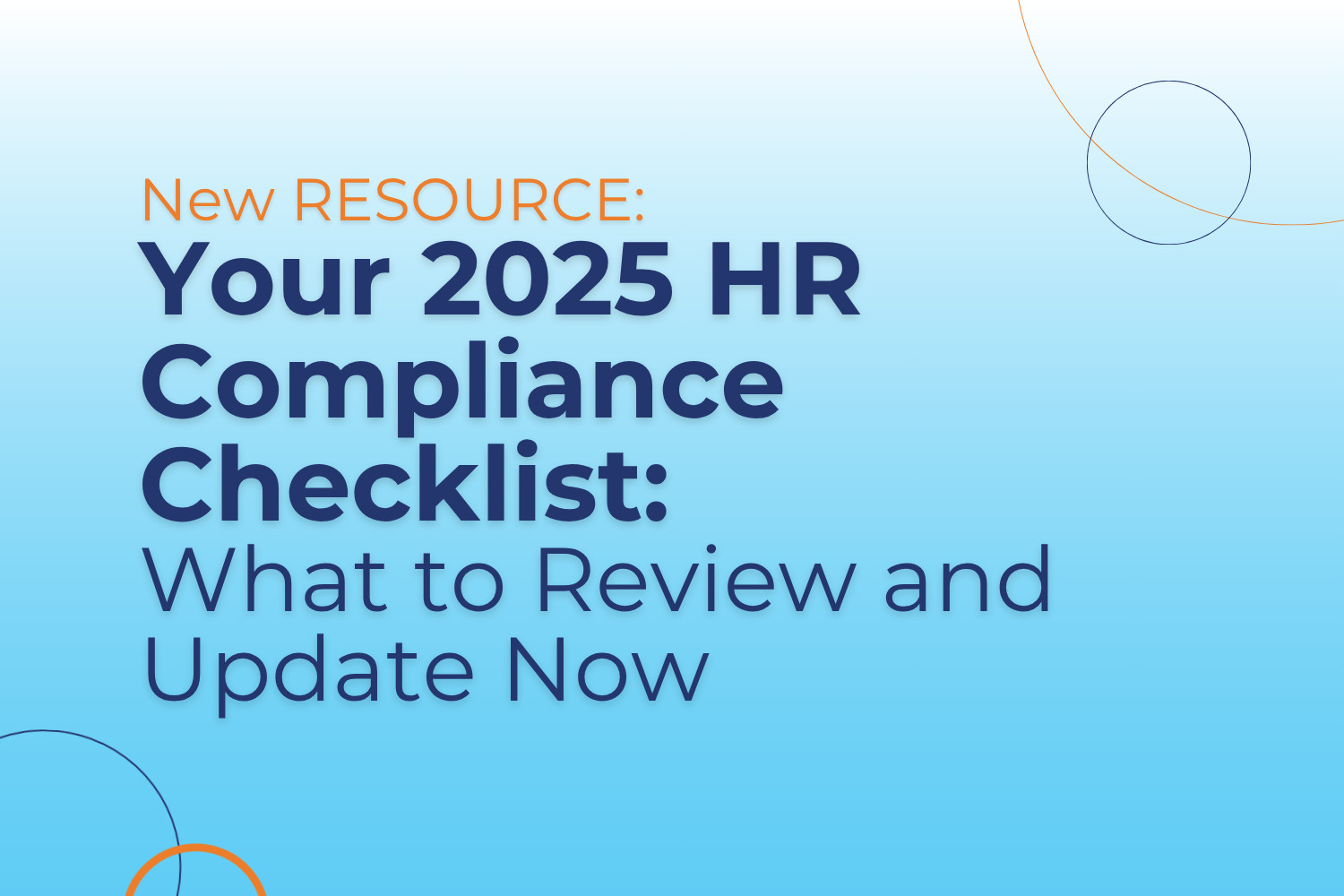For years, standard practice in SEO has included securing links from reputable, high-authority sites while ensuring your own content is linked to by other quality sources.
But as we all know, SEO practices are evolving quickly. In fact, recent insights from Google’s Gary Illyes suggest that backlinks are no longer the powerhouse they once were in determining rankings. What does this mean for your staffing website?
Simply put, it’s time to shift your focus toward other key ranking factors. Here’s how staffing agencies can adapt and thrive in this new SEO landscape.
1. Prioritize high-quality content
Content remains the most important element of SEO. With the reduced significance of backlinks, you need to produce content that is both valuable and relevant (if you want it to rank, that is). Try these tips:
- Address audience needs: Create content that speaks directly to your target audience. For staffing agencies, this could include salary information, workforce planning best practices, job search tips, industry insights, and career development advice. It depends on whom you’re targeting (employers or job seekers), and it requires a detailed understanding of that target audience’s wants, needs, priorities, challenges, goals, and motivations.
- Keyword optimization: Conduct detailed keyword research to understand what your ideal prospects and job seekers are searching for. Once you’ve developed a solid list, integrate these keywords naturally into your content (this can be a tall order, especially for long-tail keywords).
- Integrate multimedia: We’ve said it before: Google loves video. Give your content an SEO boost by including relevant images, videos, diagrams, and infographics. You’ll improve the content’s rankings while making it more engaging for visitors (which will, in turn, improve their time spent on your site).
2. Enhance user experience (UX)
Google’s algorithms increasingly emphasize the importance of a positive, robust user experience. For staffing agency websites, this means ensuring that your site is easy to navigate, fast, and mobile-friendly:
- Mobile optimization: With many job seekers browsing on mobile devices, your site must be fully responsive.
- Site speed: A slow website can drive potential clients away. Use tools like Google PageSpeed Insights to reduce load times.
- Intuitive navigation: Make it easy for users to understand what you do (and how you do it for them), request talent, find relevant jobs, submit applications, and contact your firm.
3. Focus on E-E-A-T: Experience, expertise, authoritativeness, and trustworthiness
Google’s human site reviewers continue to value websites that meet these four criteria. Make sure your content conveys warmth and competence by:
- Showcasing experience and expertise: Related but distinct concepts, “experience” demonstrates relevant life experience, while “expertise” refers to relevant knowledge and skills. To satisfy these criteria, feature detailed profiles of your team members, highlighting their qualifications, experience, and areas of specialization. Add blog posts, specialty/niche web pages, and long-form content relevant to your areas of expertise.
- Building authoritativeness: Publish reliable, well-researched content such as industry reports, eBooks, and/or whitepapers. Participate in industry discussions and forums to further solidify your position as a respected source of information.
- Establishing trust: Display client testimonials and success stories prominently throughout your site. Ensure your website is secure (HTTPS) and professional. Make sure your website tells the story of why an employer or job seeker should trust you with their search – for the ideal candidate, or the ideal opportunity.
4. Optimize on-page elements
On-page SEO remains important. Focus on these elements to improve your site’s performance:
- Meta titles and descriptions: Craft compelling meta titles and descriptions that include relevant keywords. These elements must satisfy algorithms while also appealing to human readers.
- Header tags: Search engines “read” H tags to determine what your content is about (and when it should be served up in search results). Use H1, H2, and H3 tags to structure your content logically, naturally incorporating keywords when possible.
- Schema markup: Schema markup is code that helps search engines understand your website content better. Implement schema markup to improve your content’s search visibility.
Adapting to the new SEO landscape
With backlinks taking a bit of a back seat, your staffing firm must adjust its SEO strategies to focus on content quality, user experience, and E-E-A-T.
Need a little help modernizing – or implementing – your SEO strategy? Haley Marketing is here for it! Contact our SEO experts today to get found. Rank higher. And drive more job orders.










